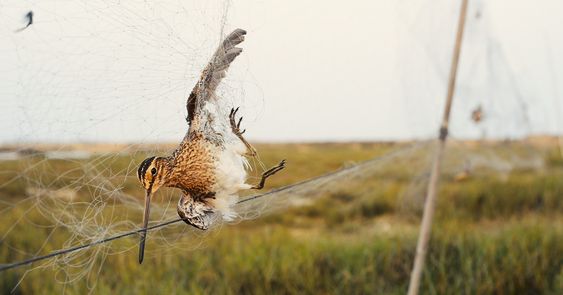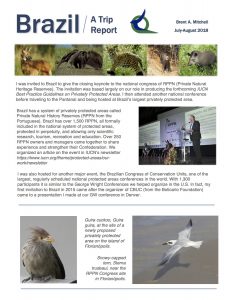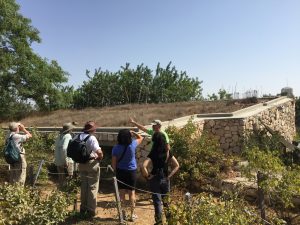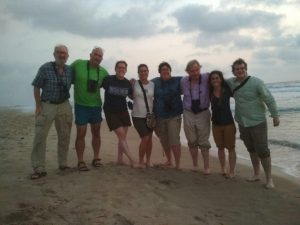Photojournalist and longtime QLF friend Greig Cranna unveiled a new exhibit, Forty Years, Forty Moments, and his new BRIDGE Gallery in Cambridge, Massachusetts. The exhibit showcases one photograph from each year that best represents the evolution of Greig’s distinguished 40-year career. A number of these photographs were taken while on assignment with QLF.
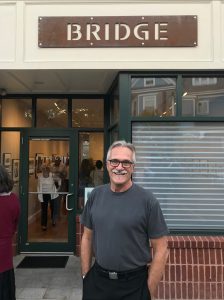
Greig Cranna, in front of new BRIDGE Gallery, Cambridge, MA
In 1978, a QLF assignment sent Greig to the Quebec North Shore along the Gulf of St. Lawrence. Lured by the rugged coastline and the people in remote rural communities, Greig was inspired to document the impact of QLF’s Internships in Conservation across Eastern Canada. Thus began his long association with QLF. Greig has traveled extensively in the Canadian Maritimes, photographing seabird research, Atlantic salmon research, aquaculture, environmental issues, and ecotourism. In 1982 when he moved to Boston, Greig’s interests expanded to include education, agriculture and architecture.
Recommended reading: Compass, the QLF Annual Newsletter, 2015 edition – an article written by Greig, with accompanying photographs, on his experience with QLF
QLF President Beth Alling and President Emeritus Larry Morris had the opportunity to stop by BRIDGE Gallery to see Greig’s exhibit, including a number of photographs which were taken during his QLF assignments. 1995’s moment beautifully captured a Northern Gannet on Bonaventure Island in Québec while on QLF assignment. In 2003, Greig photographed Helen Hays on Great Gull Island, the largest nesting colony of Common and Roseate Terns in the Western Hemisphere. Helen is the Director of the Great Gull Island Project of the American Museum of Natural History. Later in 2007, Greig traveled to Punta Rasa, Argentina to follow Great Gull Island’s terns and researchers, and captured a photograph of the mist netting in early evening.
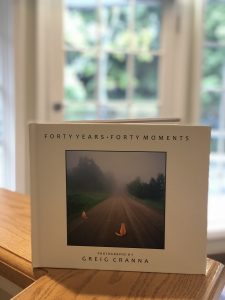
See Greig’s new exhibit, Forty Years, Forty Moments, in person at BRIDGE Gallery
Greig has participated in and photographed countless QLF programs, from Canada to Long Island Sound, Hungary to Argentina, and he has played an invaluable role in promoting the QLF mission for more four decades. To see the exhibit up close, you can visit BRIDGE Gallery at #5 Pemberton Street in Cambridge until December 15, or purchase the collection Forty Years, Forty Moments.
For more information, visit the gallery’s website or Greig’s photography website.






